GDDR7 is here
Sources: HardZone
It’s finally official: GDDR7 has landed—the memory to be used by next-generation GPUs.
Micron announced the mass production of the new GDDR7 memory. As expected, these new memories will be used in upcoming NVIDIA graphics cards and most likely AMD ones. The new memory will have speeds of up to 32 Gbps. Moreover, it will offer PAM3 signaling.
These new memories tap into DRAM 1β (1-beta) technology, associated with a new innovative architecture. New memories will be capable of delivering up to 32 Gb/s in speed and up to 1.5 TB/s in bandwidth, offering an increase in bandwidth by as much as 60% over GDDR6.

These new VRAMs nevertheless bring an energy performance enhancement by 50% compared to GDDR6, which means adjustment brings betterment in thermal temperatures and extended battery life. It features a new sleep mode, which will provide the ability to reduce energy consumption by 70%.
They integrate advanced reliability, availability, and serviceability features. These GDDR7 chips can offer great device reliability and data integrity without any loss in performance. It’s not only an enhanced solution for gaming but for high-performance workloads and AI applications as well.
According to Micron, these new memories can deliver up to 33% better performance. Plus, they slash response time by up to 20% on generative AI jobs like turning text into images.

These memories, running at the mentioned resolutions of 1080p, 1440p, and 2160p, offer an FPS improvement of up to 30% for both Ray Tracing and rasterization gaming over GDR6 and GDDR6X.

Whereas GDDR6X makes use of PAM4 signaling, the new GDDR7 memories will be taking advantage of PAM3. This new solution offers 40 GB/s throughputs for higher performance solutions in future revisions of this new type of memory.
Micron does indicate that the new memories will start to be distributed to customers during the second half of 2024, which coincides with the supposed or rumored NVIDIA RTX 4090. This could equip up to 24 GB of GDDR7 memory and a bandwidth approaching 1 TB/s.


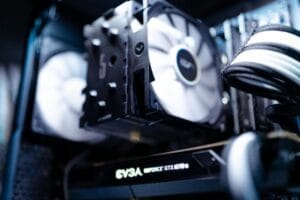



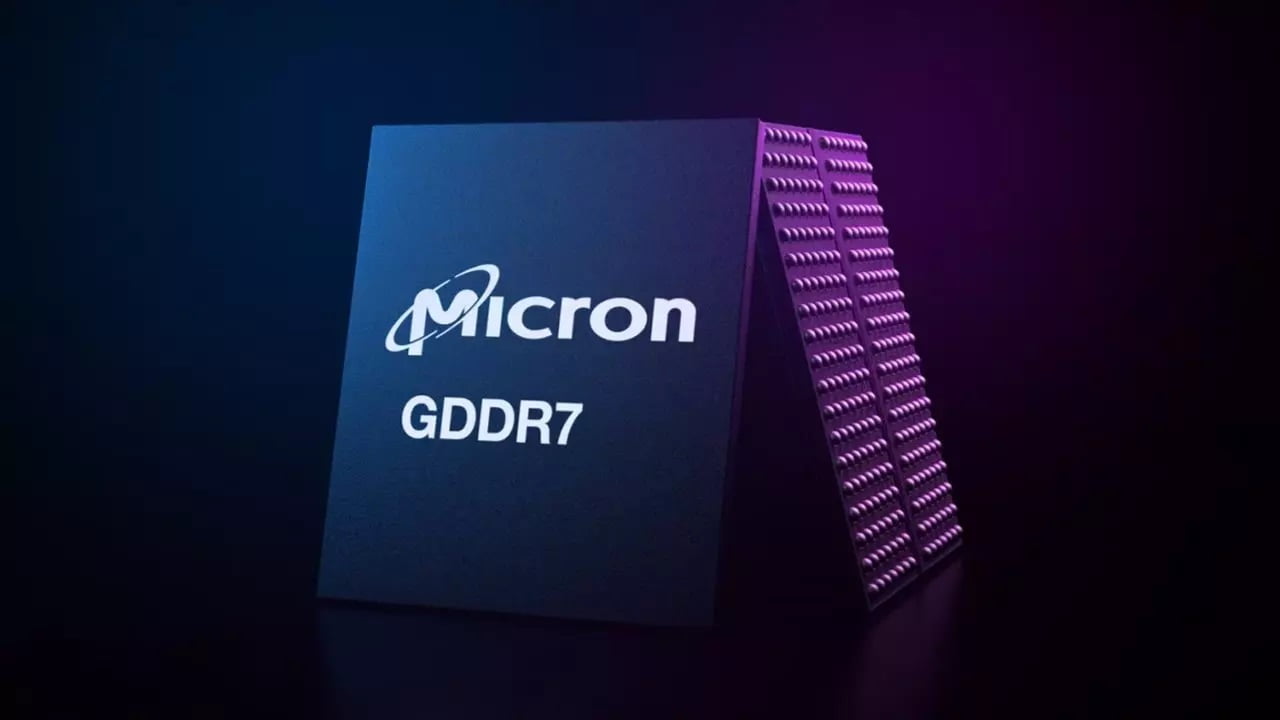

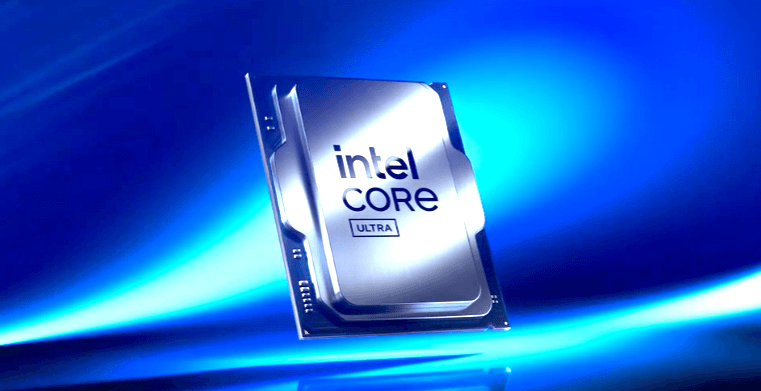
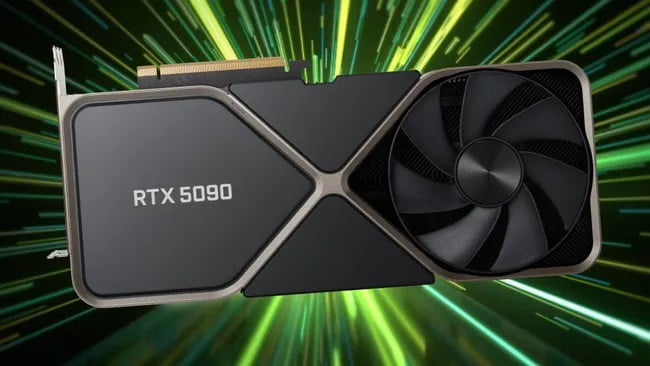
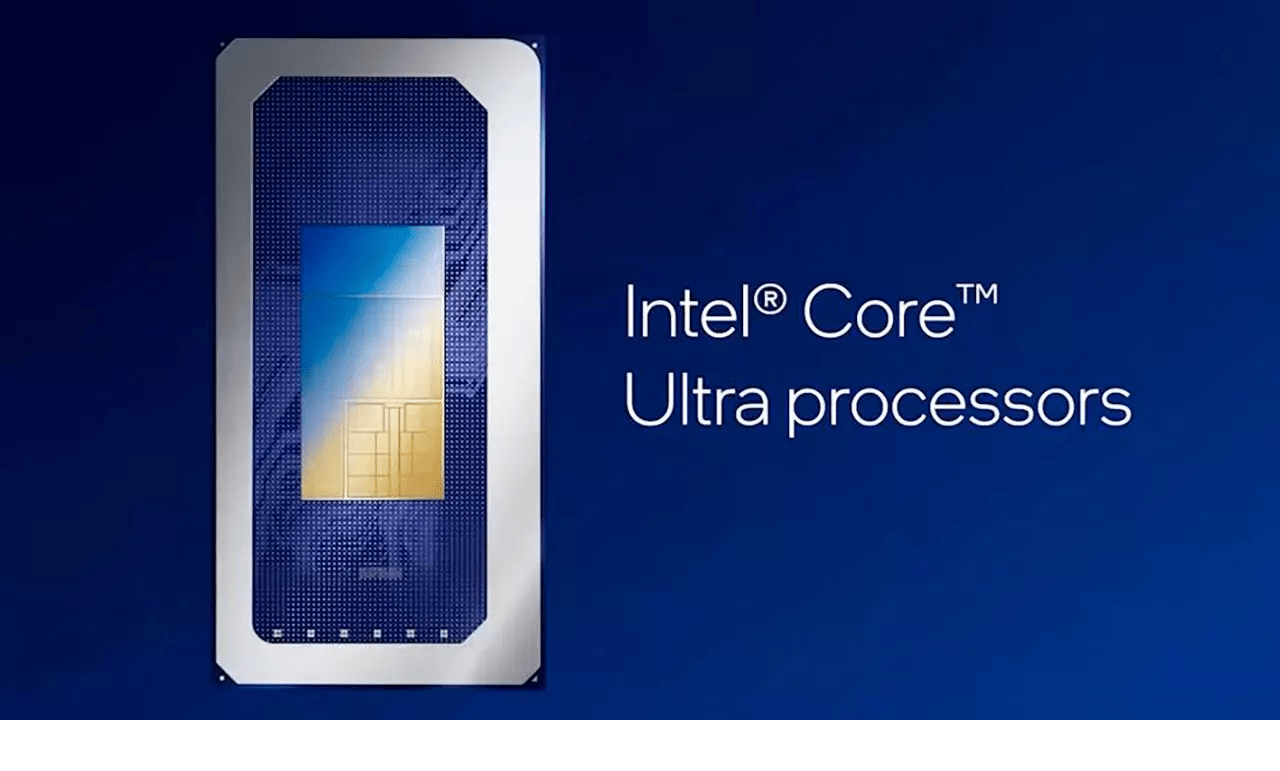
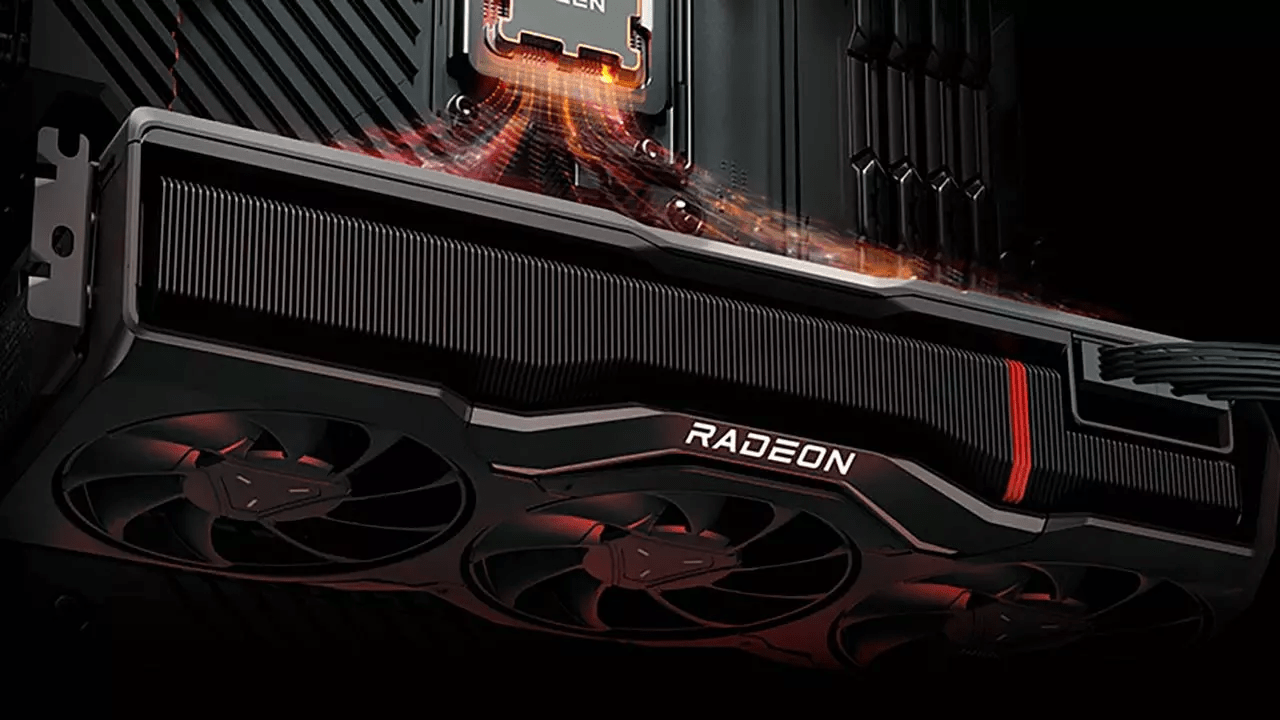
Leave a Reply